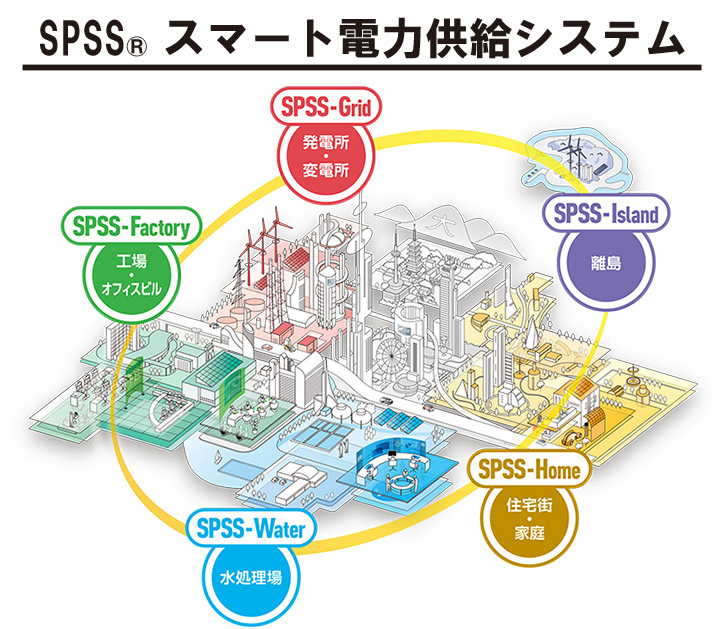The challenges for decarbonization of aluminium fabrication industry
JAPAN ALUMINIUM ASSOCIATION
Outline
Aluminium fabrication industry will take on the challenge of global warming countermeasures for decarbonization as follows.
1. CO₂ emission reduction in aluminium wrought product manufacturing processes
Through the development of the innovative production process technology for realizing a high level of aluminum recycling, it enables to increase the use of recycled aluminium for wrought products.
Furthermore, by using renewable energy and non-fossil fuels, and recovering waste heat, CO₂ emissions during the production of aluminium wrought products including ingot are expected to be reduced by 44% by 2050 (Scenario 1).
In addition, in case of considering global warming countermeasures in aluminum smelting industry in the world, 70 to 80% of CO₂ emission reduction is estimated by 2050 (Scenario 2).
2. Contributions in products
Utilizing such properties as lighter products and higher thermal efficiency will contribute to CO₂ emission reductions in a wide variety of areas, including automobiles and other industries.
Description
The volume of CO₂ emissions in the manufacturing of aluminium wrought products using primary aluminium as materials includes approximately 90% manufacturing of primary aluminium. Therefore, as for global warming countermeasures for decarbonization of the aluminum fabrication industry, we will take on the challenge of reducing CO₂ emissions during the production of aluminium wrought products including aluminium ingot.
1. CO₂ emission reduction in aluminium wrought product manufacturing processes
(1) CO₂ emission reduction in aluminium wrought product manufacturing processes(Senario1).
① The minimization of CO₂ emission reduction in aluminium wrought product manufacturing processes.
Fuel: Introduction of waste heat recovery 100% and switching fuels 100%, plus shifting 50% of such to non-fossil fuels.
Electricity: Use 50% renewable energy.Electricity: Use 50% renewable energy.
② Realizing a high level of aluminum recycling.
Through the development of the innovative production process technology, it enables to increase the use of recycled aluminium for wrought products and also minimize the procurement of primary aluminium (which is imported from overseas) to reduce CO₂ emissions during primary aluminium smelting in overseas.
The proportion of recycled ingot used as raw material for aluminium wrought products is set at 50% (currently the figure is around 10%) by 2050.
(2) Consideration to global warming countermeasures in aluminum smelting (primary aluminium smelting) worldwide (Scenario 2).
The main power mix of aluminum smelting in the world is coal-fired power, so the CO₂ intensity of primary aluminium is high. Because of the necessity for preventing global warming, the current formulation assumes a 50 to 70% reduction by 2050 in CO₂ emission intensity of primary aluminium imported from abroad.
(3) Expected CO₂ emissions reduction in manufacturing aluminium wrought products.
・Scenario 1: 44% reduction by 2050.
・Scenario 2: 68 to 78% reduction by 2050.
2. Contributions in products
Aluminum is used in various fields such as transportation (automobiles and railway vehicles), beverage cans, building, and mechanical parts due to its excellent properties.
① Weight reduction
CO₂ emission during driving is reduced by improving fuel efficiency by expanding the application of aluminum to transportation equipment such as automobiles and railway vehicles.
② Improvement of thermal efficiency
Contribute to CO₂ emission reduction by intensively innovating heat exchange technology, including aluminum, iron, and resin. Specifically, it is expected to be applied to household / commercial heat pumps, water heaters, air conditioners, fuel cells, automobile heat exchangers, industrial heat recovery systems, and so on.
Supplementary information
Japan Aluminium Association’s website: The Long-term Vision for Global Warming Countermeasures of Japanese Aluminium Industry to 2050
https://www.aluminum.or.jp/english/statistics/data/20200326.pdf
Similar Innovation Challenges
Achieving net zero carbon emissions from paint finishing processes
Taikisha Ltd.
Activities for reducing GHG of business operations in Nissin Electric Group
Nissin Electric Co., Ltd.







-1人工光合成技術.jpg?id=2&tid=759&imageNumber=1)